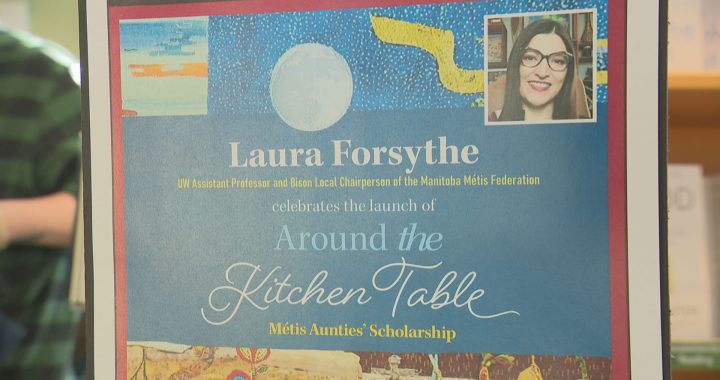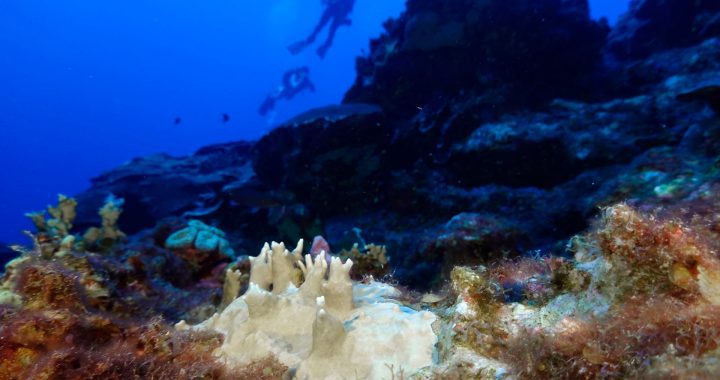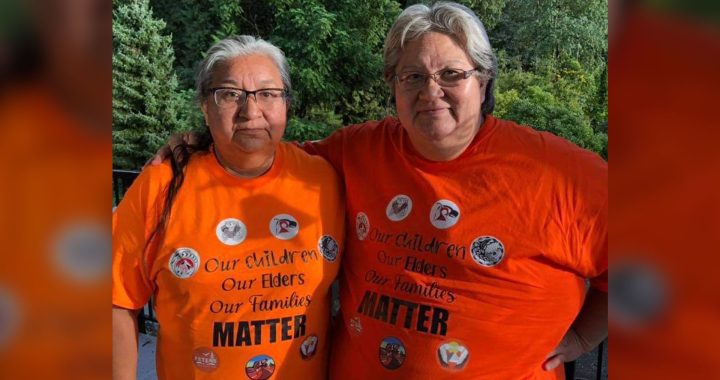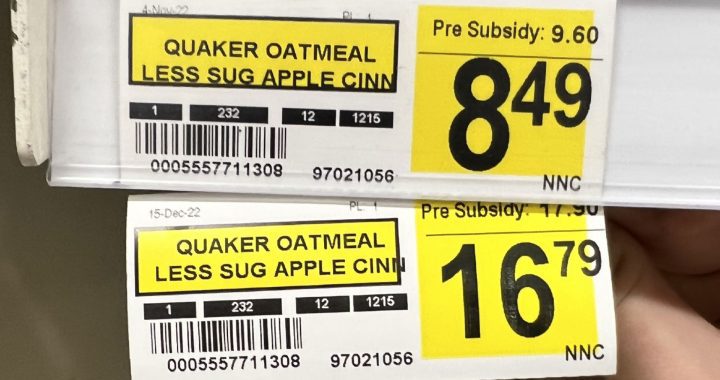While they haven’t yet toured even half of the Indigenous communities in Quebec, researchers overseeing the implementation of what is known as Quebec’s “Baby’s Law” say the number of missing Indigenous children is “greater than we had imagined.”
According to the law’s second-year status report, the government-appointed team of researchers is now seeking information on 130 missing children – and the numbers continue to grow.
“People are starting to find out, they’re starting to talk about this. We’ve encountered people who have never heard of this reality before,” explained Indigenous Affairs Minister Ian Lafreniere.
“It stirs us up inside,” he added.
“Baby’s Law,” officially known as Bill-79, was passed in 2021 to address Quebec’s “ghost babies” phenomenon, which came to light during public hearings for the National Inquiry into Missing and Murdered Indigenous Women and Girls.
The children involved went missing, or died, while hospitalized far from their communities. Bill-79 gives the government the legal power to compel institutions – like hospitals or churches – to turn over their records.
“Sometimes we don’t find anything. We can open all the drawers, but sometimes there’s nothing in those drawers. At least, not enough to answer all the questions that parents have,” Anne Panasuk, Quebec’s special advisor on missing Indigenous children told APTN News at the report’s unveiling.
Up until now, at least six families on Innu territory have received answers about their missing children in the two years since the law took effect – their children either found to have been adopted out or officially confirmed dead.
But several Atikamekw families in Manawan, where the second-year update was presented, are still waiting for answers.
“If there was a Nobel prize for resilience, I think these families would win it,” said Pierre-Paul Niquay of the Manawan-based Awacak Association, which will be taking over research when Panasuk’s tenure is up this June.
“We feel like we’re getting close to something,” he added.
‘Baby’s Law’: What’s new in year two
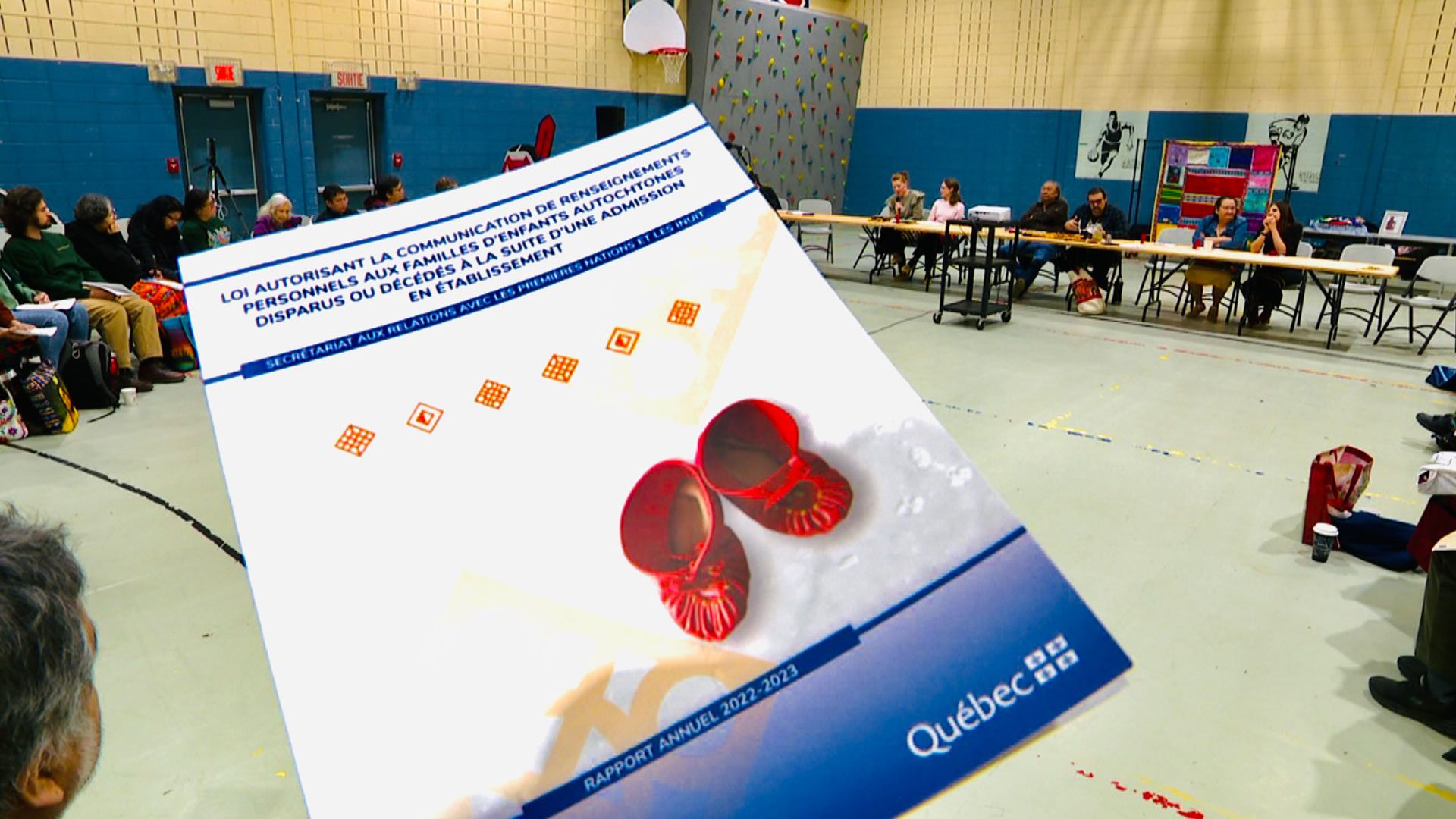
At least 28 children from Manawan disappeared from hospital under mysterious circumstances.
According to the 90-page status report, the majority of families requesting assistance from the government come from Innu and Atikamekw communities, though requests are slowly trickling in from the Anishinaabe, Naskapi, and Inuit.
The number of children sought spiked by 118 per cent in the last year – however, “significant awareness and communication work” still remains to be done in Cree, Naskapi, Inuit, Mohawk and Mi’gmaq communities, according to its authors.
Of the requests made to the government, 92 per cent are considered “active” – meaning research is continuing, or grave sites are currently being sought.
A DNA database is also steadily growing.
The report’s conclusion pushes for “adequate” and “sustained” funding for Manawan’s Awacak Association, as well as its family support groups, in order to continue searches.
“Bill 79 is in place for 10 years,” explained Francoise Ruperthouse, director of the Awacak Association.
“If we need more, we’ll ask for it when the time comes”
Since the stories of missing children date back to the 1950s, the report also found fewer than 18 per cent of requests are made by parents of the missing. Instead, in many cases, it’s children, grandchildren and other relatives who are taking up the torch.
‘A lot of emotion’: Families still on hold

In 2023, there are six living sisters in the Dubé family – but there were supposed to be seven.
Baby Pierrette Dubé , baptized “Violetta” by the church, was birthed in a tuberculosis sanitorium outside of Manawan, taken to another room, and pronounced dead by a doctor.
Pierette’s mother, 89-year-old Delima Flamand, insists to this day she heard her daughter cry at birth.
For years, they’ve struggled to compile fragments of the story through documents collected via access to information requests.
“There are still lots and lots of answers we’re waiting on, but without a doubt, big steps have been taken,” Annette Dubé said during the unveiling ceremony.
A death certificate unearthed by Dubé sisters indicates Violetta died at a month old.
To this day, they still don’t know where she is buried.
“I was hoping they would’ve found her. But no,” Simone Dubé said in an interview with APTN after the status report was presented. “There was a lot of emotion this morning.”
“It did something to me, looking at my mother’s hands, knowing she was never able to hold her baby,” Thérèse Dubé added.
“But we see they’re supporting us a lot.”
‘It’s hard to live this’: Will exhumations bring answers?
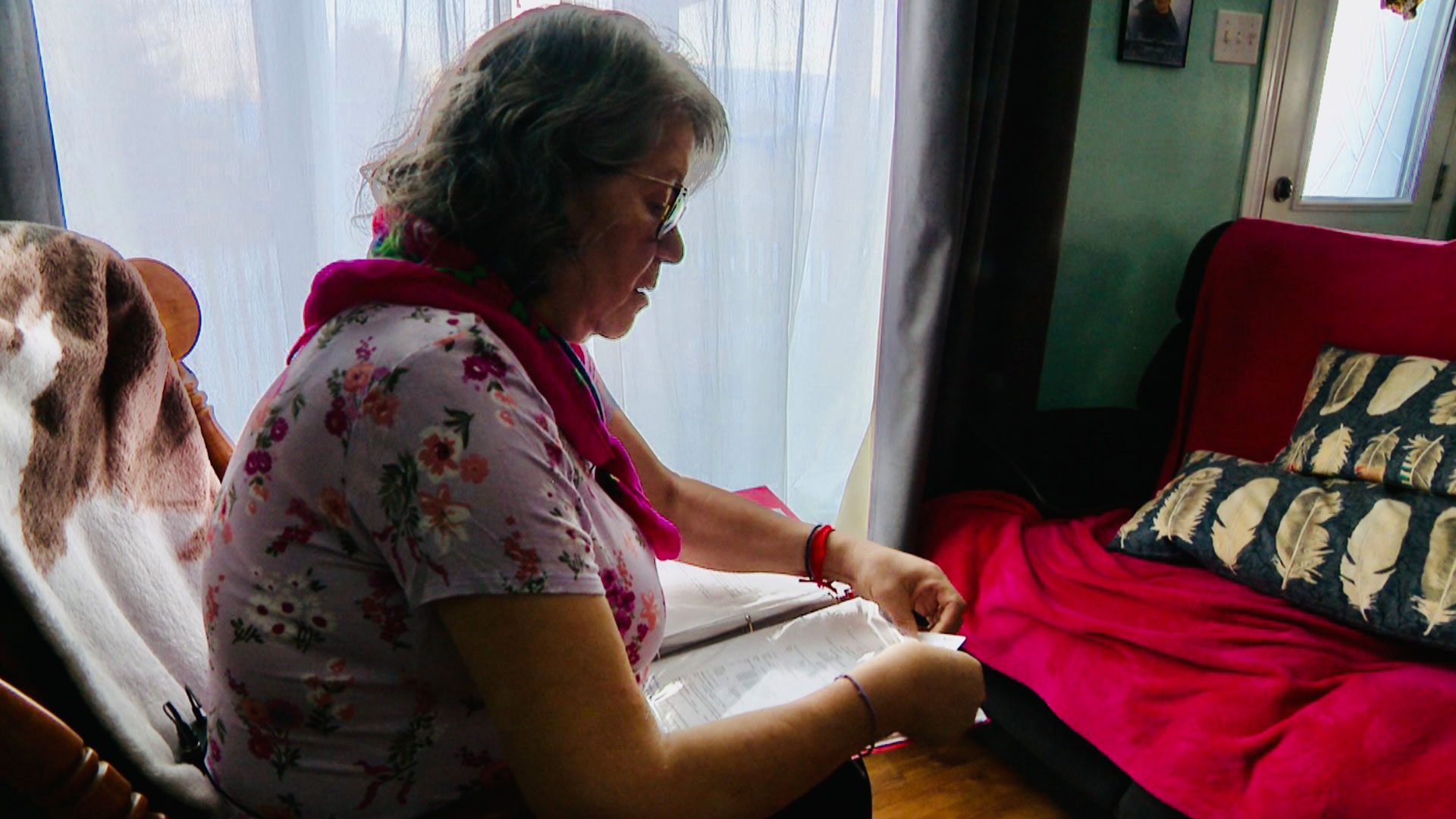
One of the provisions of the Baby’s Law is to facilitate, and provide funding for, exhumation and testing of remains.
A judge is expected to rule on the first request to exhume bodies in the Innu community of Pessamit within the coming days.
While families in Manawan have yet to make a similar request – Viviane Echaquan has always had questions about her sister, Lorianna’s, burial.
“When [my parents] arrived at the funeral home, the casket was big. But my sister was only two months old. The baby who was in there must’ve been at least 10, 11 months old,” Echaquan told APTN back in March 2023.
In her own research, Echaquan managed to find documents outlining three different dates of death. She said her sister still has an active status card number with Indian Affairs Canada.
“It’s hard to live this. Even now, when I go into the city and see someone who looks Indigenous, I think ‘maybe that’s my sister,” she explained.
Echaquan and her husband, Pierre-Paul Niquay, both work for the Awacak Association – and remain motivated and optimistic that they’ll find answers for others, while also unravelling their own family history.
That is if the government continues to collaborate fully and willingly.
“Give us – the Indigenous families – justice. And recognize our human dignity. For us, and for our brothers and sisters,” Echaquan said in a public address at the two-year status report.
‘We’ve faced so much injustice’: Some families yet to reach out for help

Angèle Petiquay also took to the mic to address Quebec’s political leaders at Manawan’s high school during last week’s ceremony.
On a table in the school’s gymnasium, tucked away within an unassuming red suitcase, are tiny hand-sewn dolls – effigies of Jean-Pierre and Jean-Guy, the identical twin brothers she never got to meet.
Petiquay told APTN she had no idea two of her siblings were “ghost babies” – she only found out while working on a project with her mother, now 89, to commemorate the 10 children she’d lost in her lifetime.
“We sat down together, right before the release of the MMIWG report. We were making little red dresses. And I asked her to tell me how all of her children had died,” Petiquay explained in an interview with APTN back in March.
Like so many other families, the Petiquays assembled a binder filled with documents and medical records they were able to obtain on their own – but they were never able to confirm how, or when, the twins died.
Finally, Angele said a parish record turned up, confirming the twins were dead. But cemetery records revealed nothing. No death records were found in Quebec’s national archives.
“When I received the confirmation document [from the parish] – I wondered if it was authentic, or whether it was falsified,” she explained.
The family filed a report about the disappearances with provincial police, but it led nowhere.
“They had the same documents I had,” she added.
They’re hoping government-appointed researchers will be able to turn up something more.
“We don’t know if we’ll ever find justice. We’ve faced so much injustice,” Petiquay explained.




